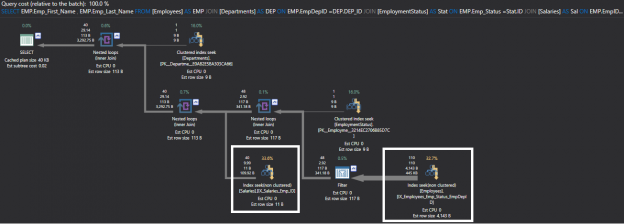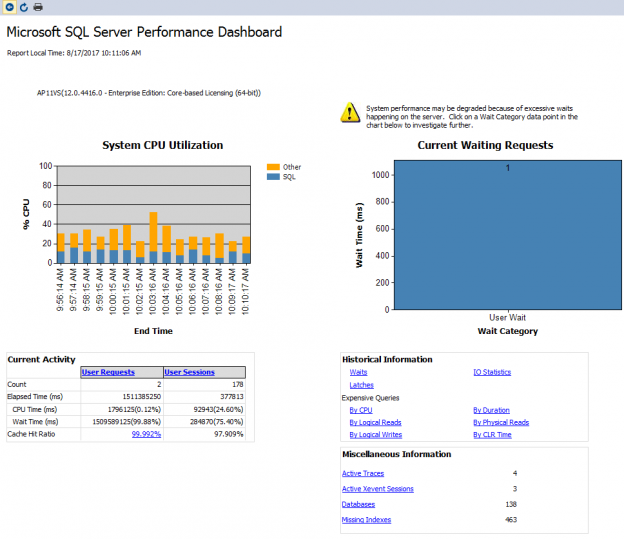Introduction
Without a doubt, few technologies in SQL Server cause as much confusion and the spread of misinformation as indexes. This article looks at some of the most asked questions and a few that should be asked but often are not. We’ll be using SQL Server 2016 for the examples and a tool, for SQL Server query execution plan analysis, ApexSQL Plan, to explore the effects of indexes on a typical business problem: A table of customers.
Read more »























